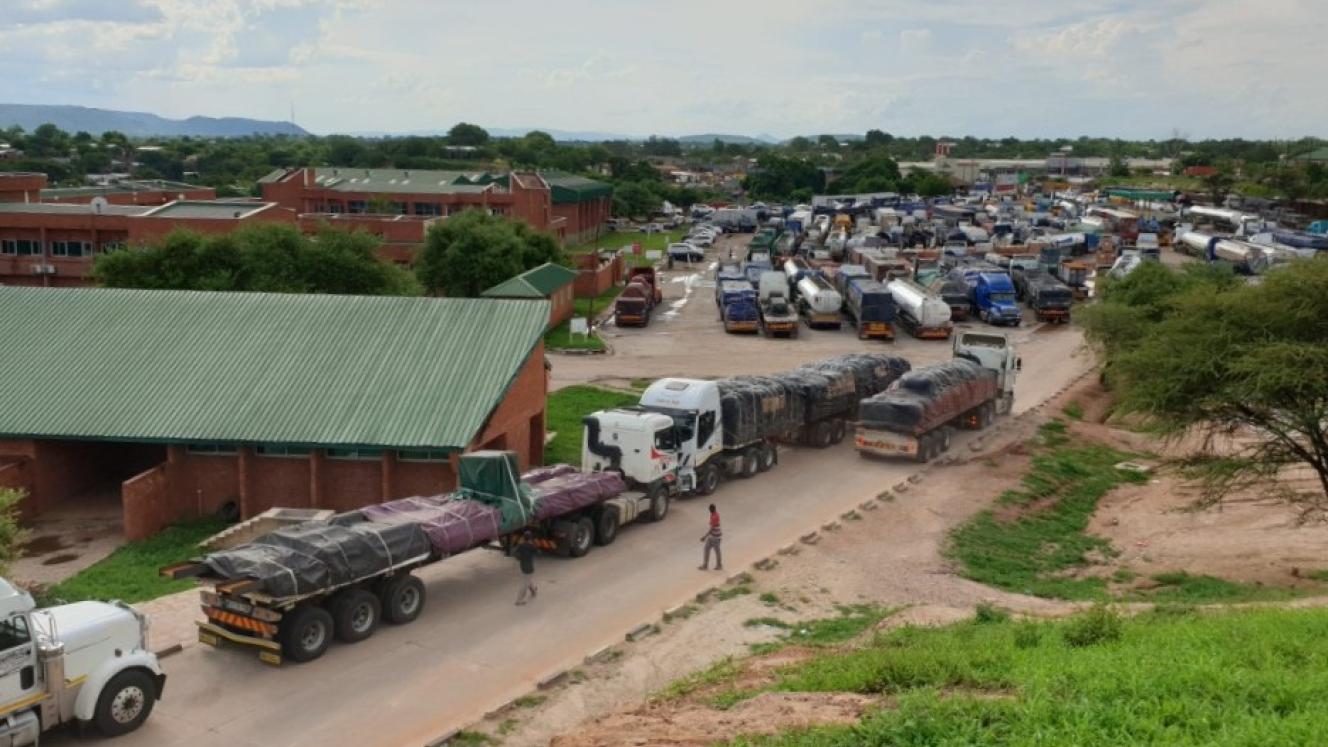In the world of bulk shipping, risk management is often discussed in terms of weather, markets or mechanical reliability. Yet one of the most persistent and least visible risks lies within the cargo itself, in the physics of weight, water and movement. Understanding how a vessel sits in the water or how a seemingly solid ore can shift beneath its own moisture may not make headlines, but these are the daily calculations that underpin maritime safety and commercial integrity. Measurement as the first layer of risk control The foundation of cargo safety begins with draft surveying, a practice as old as modern shipping itself. Based on Archimedes’ principle, it determines the cargo weight by comparing the vessel’s displacement before and after loading. To the uninitiated, this may seem routine. To a surveyor, it is a process that demands scientific precision. Every reading, from water density to hull deformation, must be corrected and verified. A misread draft mark or an overlooked trim factor can distort a cargo weight by hundreds of tons, affecting charter calculations, stability, and safety margins. In an industry where contracts, claims and safety certificates rely on these numbers, draft surveying is not just a measurement exercise, it is the first act of risk management. When solid turns to liquid A greater, more insidious risk lies in liquefaction, a phenomenon where solid bulk cargoes such as iron ore fines, nickel ore or bauxite behave like a fluid under vibration or pressure. Cargoes that appear dry at the quayside may contain enough moisture to destabilise an entire ship once at sea. When compaction forces water between particles faster than it can drain away, the cargo loses shear strength, sloshes within the hold and can cause catastrophic loss of stability. The International Maritime Solid Bulk Cargoes (IMSBC) Code was designed to prevent precisely this. It mandates testing for moisture content, Transportable Moisture Limit (TML), and Flow Moisture Point (FMP), thresholds that separate a safe shipment from a potential casualty. Yet despite clear guidelines, enforcement remains uneven across the global supply chain. Context matters: Local variables and practical judgement Risk in maritime operations rarely stems from one factor alone. Environmental context, such as local weather and port conditions, plays an equally decisive role. In ports like Durban, seasonal rainfall and freshwater inf lux can lower seawater density, affecting both draft readings and displacement calculations. Cargoes stored outdoors absorb additional moisture, sometimes beyond laboratory- tested limits. For surveyors and shipmasters, this means adapting textbook principles to real-world variability, validating moisture levels, revisiting calculations and maintaining a healthy scepticism toward “certified” figures. Such due diligence is not bureaucracy, it is prudence. Each corrected decimal, each recalculated density factor, is part of a larger system designed to catch small deviations before they become fatal errors. Beyond compliance: A culture of accountability While the IMSBC Code and national authorities like Samsa provide the framework, the real strength of maritime risk management lies in professional culture. The best outcomes occur where open dialogue exists between shippers, surveyors and operators, where someone is willing to pause loading and ask: Is this cargo safe to sail? In an era where commercial pressure often collides with safety obligations, that question remains the most powerful tool in the risk manager’s kit. Conclusion: Expertise in practice Bulk shipping thrives on efficiency, but safety in this sector depends on precision, patience and professional integrity. Risk management, whether it involves measuring displacement or assessing liquefaction potential, demands more than compliance; it requires competence and sound judgement. This is where specialised skills come to the fore. Within Linsen Nambi Marine Surveying, surveyors are trained in advanced draft and displacement calculations, density correction and IMSBC Code compliance. They combine technical proficiency with on-the-ground awareness of environmental conditions in African ports. By integrating engineering insight, field experience and regulatory understanding, the team provides a holistic approach to maritime risk. For an industry that operates at the edge of uncertainty, the call to action is clear: Invest in skill, question the ordinary and measure every risk – before it measures you.












